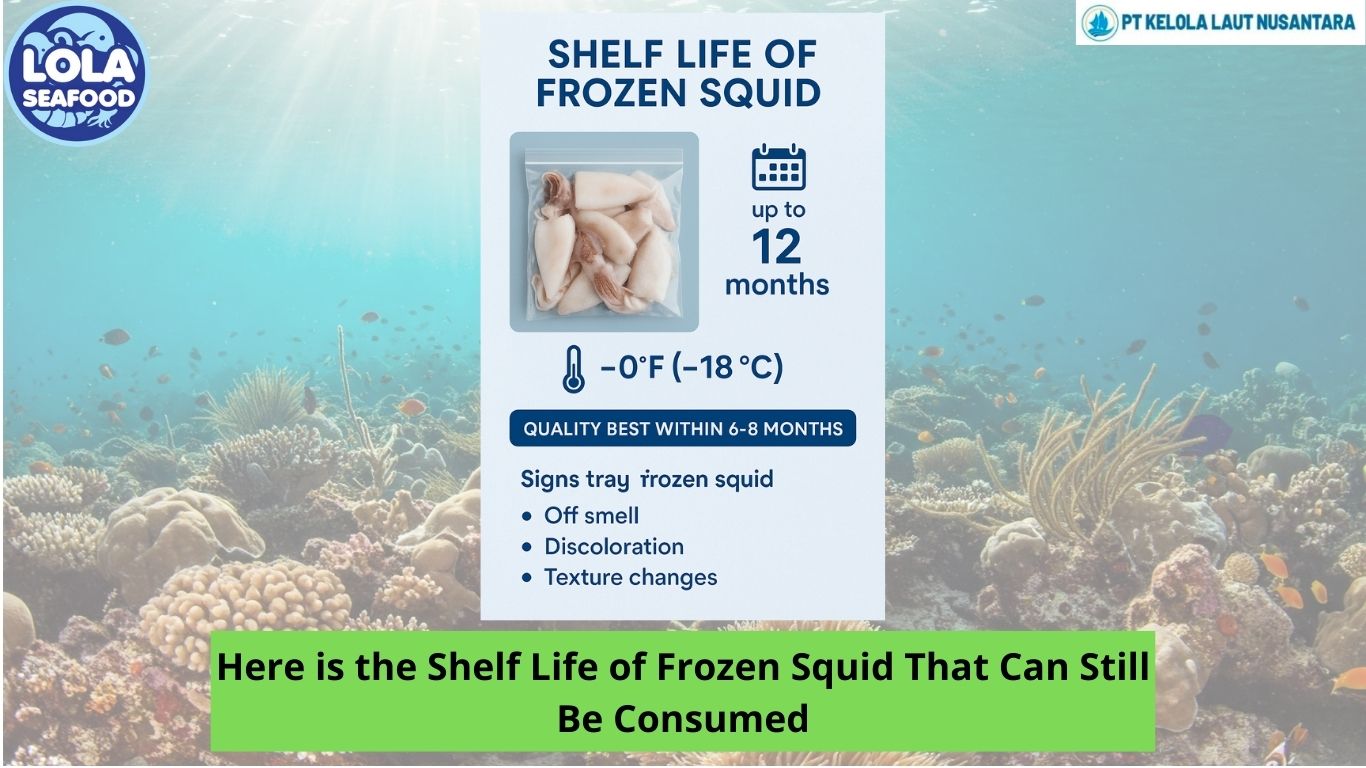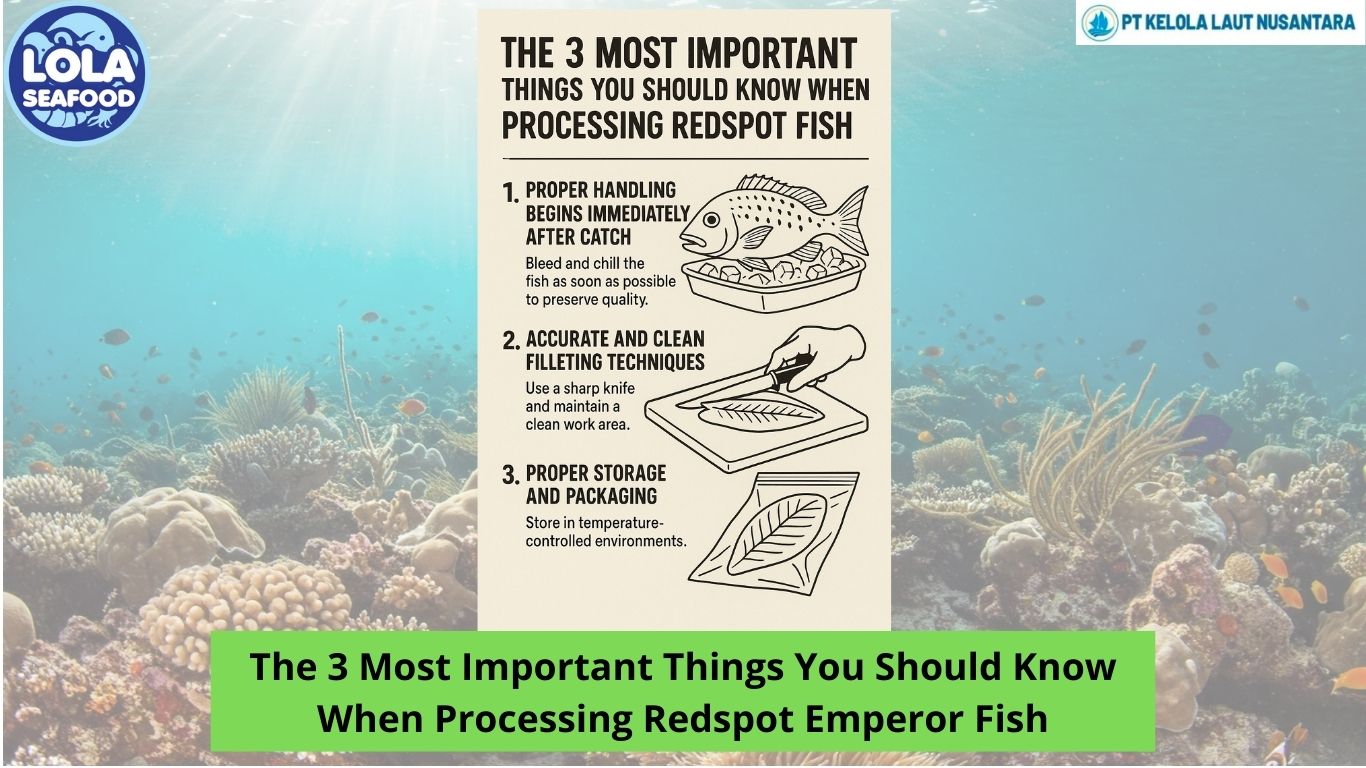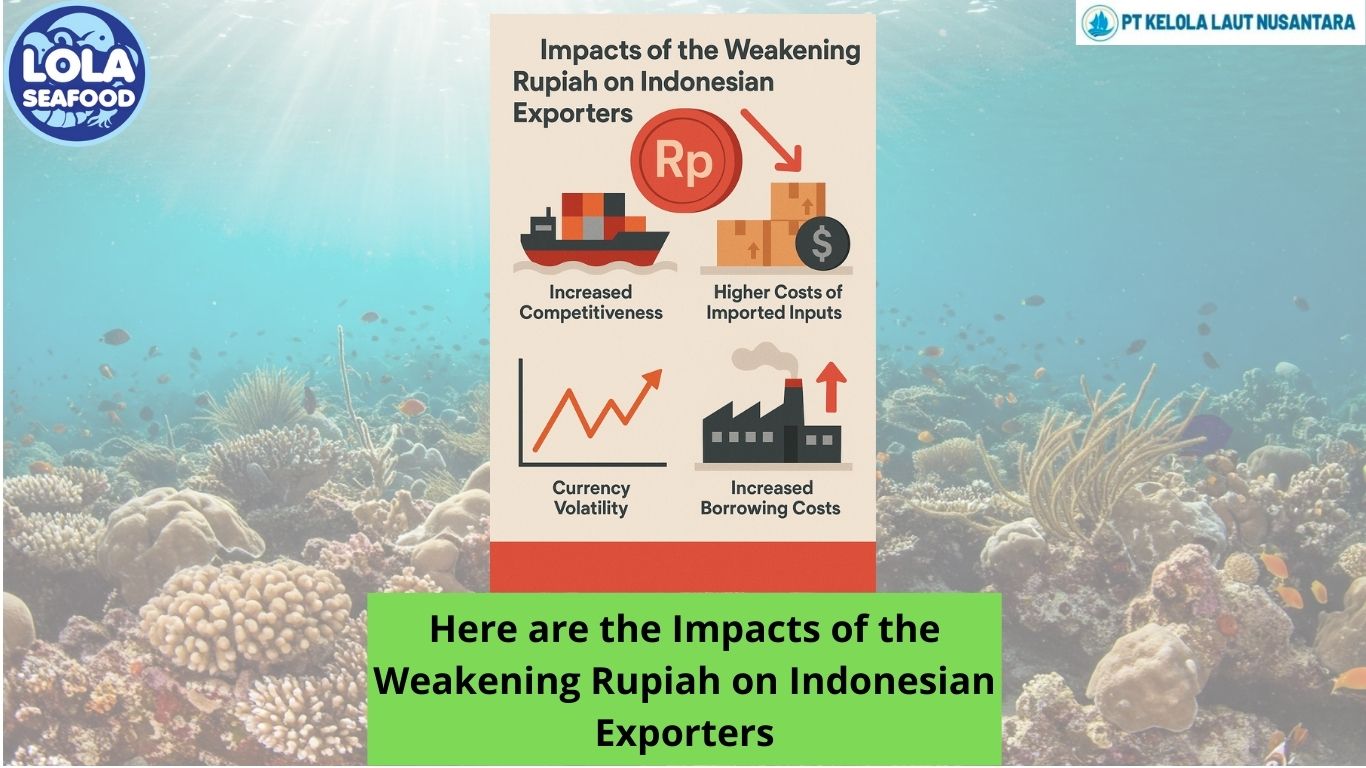House Bill of Lading and Master Bill of Lading
By. Najih - 07 Nov 2024.jpg)
A House Bill of Lading (HBL) is a BOL created by an Ocean Transport Intermediary (OTI), such as a freight forwarder or non-vessel operating company (NVOCC), and is issued to the supplier once the cargo has been received. The HBL is an essential document in shipping, as it's the formal acknowledgment of the receipt of goods being shipped.
According to freight comparator, the HBL has the following requirements:
- The consignee should be the actual receiver of the cargo
- The shipper should be the exporter of the cargo
- The notify can be either the importer or any other party mentioned in the bill of lading
Master Bill Of Lading
A Master Bill of Lading (MBL) is issued by the carrier (ship owner or operator) and represents the contract of carriage between the shipper and the carrier. It's important to note that the cargo shipper will only receive a Master Bill of Lading if they are working directly with a mainline carrier or a freight forwarder. The MBL is arguably one of the most reliable documents in maritime transportation, because it is printed and signed by the carrier, and once the carrier confirms that it's received the cargo, the MBL is released to the entity who made the booking.
A house bill of lading is always a receipt for a shipment from one exporter, while a master bill of lading is a receipt that could potentially cover the shipments of many exporters, as they are consolidated by the carrier into a larger shipment. A HBL is issued by the freight forwarder or NVOCC to a single exporter; whereas the MBL is issued by a carrier to a forwarding agent or the shipper, depending on who booked the transport. The MBL represents the transfer of cargo from the forwarder to the carrier, and this cargo could be coming from several different exporters.

.jpg)
.jpg)
.jpg)




